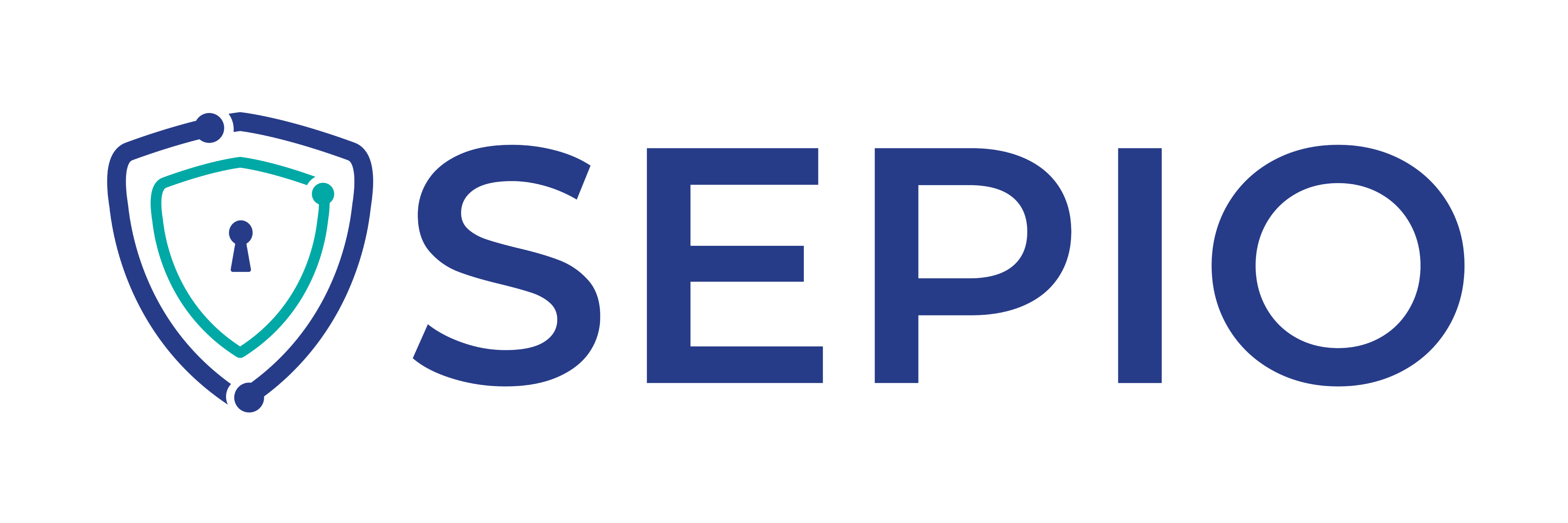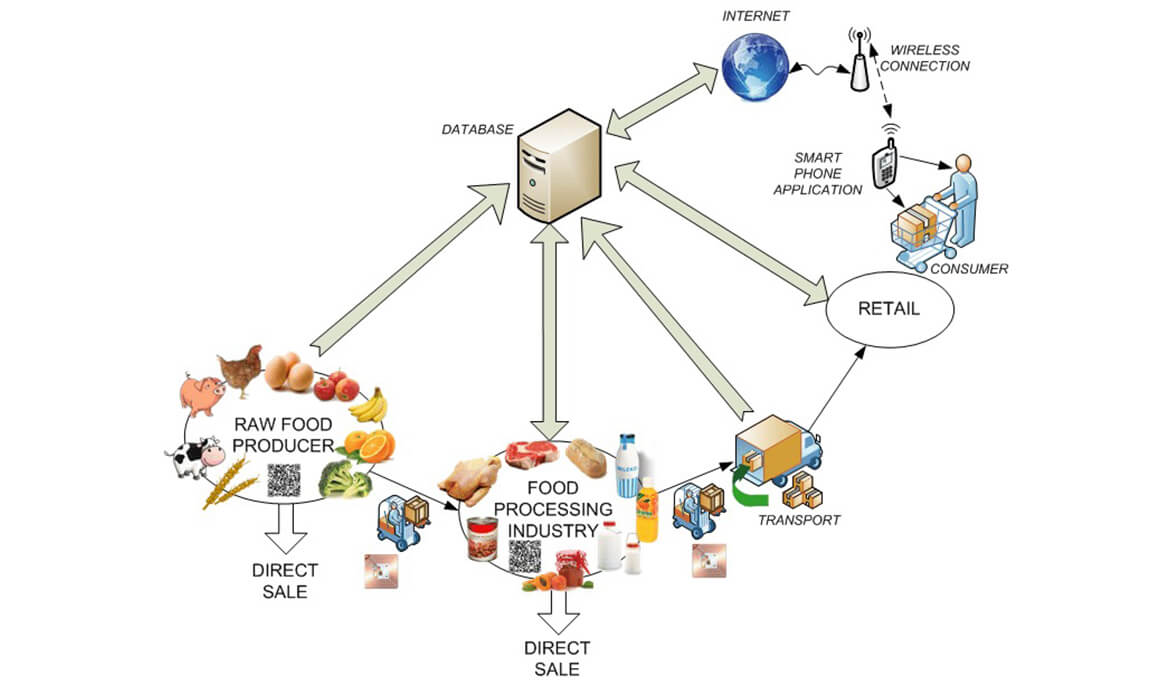Do you know where your food came from?
As the world emerges from Covid 19, brands are increasingly moving to an Omni channel marketing strategy where smart packaging solutions such as a Smart QR code on packaging is enabling brands to improve their marketing RoI like never before. The food industry has always been cautious about the production, control and information flow towards consumers as per FSSAI or FDA regulations. However, satisfying regulation and compliances by printing basic information on the label is not something that consumers are contend with anymore. With traditional packaging, consumers have no choice but to place trust in food labels and depend on whatever minimal information can be printed on the packaging to provide them with information on their food products. Smart packaging solutions are opening opportunities for brands to provide consumers with data on food provenance like never before – thereby giving complete transparency into the food value chain.
Consumer needs are rapidly changing. Today’s consumers and more so Gen Z and Millennial consumers want accountability, fairness, and quality. They want reliable information on their products and they want to trust the brand that they choose to buy from. Savvy consumers today are aware and bend towards products which offer information about the origin, contents and authentication before making a purchase or consumption. A recent survey conducted by Elementar UK of more than 800 people found that two-thirds (66%) are either ‘very’ or ‘quite’ concerned about where their food has come from, while 68% said that origin of food is important in influencing purchasing decisions.
Using QR code on packaging, now food brands can offer unmatched Traceability to their consumers. This can become a differentiator for brands to consumers for share of wallet. Smart Packaging solutions allow brands to:
- Ensure product freshness
- Easily do product recalls or part withdrawals
- Trace the flow of materials and finished products within the supply chain
- Communicate with consumers pre and post purchase to build brand trust
Brands can enable traceability in a multitude of ways – either by using GS1 codes, serialized QR/Barcodes or even RFID or NFC tags. Each has a different cost implication but they all can perform essentially the same function. These smart packaging solutions can also be used for consumer engagement at the point of sale. Using QR code on packaging, brands can select what information they want to share with consumers at the point of sale without having a mobile application. Consumers can seamlessly interact with the brand, gathering Traceability information about the food product. A QR code on packaging can also be used to authenticate against counterfeiting, communicate the product journey, play games, earn rewards, or simply educate on the companies’ initiatives of CSR.
When consumers know where their food comes from, they make the connection from farm to table, which gives them better appreciation and motivation for what goes into raising livestock, growing vegetables, and producing the foods that are being sold.
Brands also benefit from good traceability systems, which helps them minimize the production and distribution of unsafe or poor quality products, thereby minimizing the potential for bad publicity, liability, and recalls. The current food labelling system cannot guarantee that the food is authentic, good quality and safe. Therefore, traceability is applied as a tool to assist in the assurance of food safety and quality as well as to achieve consumer confidence.
Brands now have the opportunity to build brand trust through transparency and many product makers would do well to take note of this and to embrace this strategy about their products with consumers. To implement such solutions, you can connect with Sepio solution by emailing on [email protected]


Add Comment